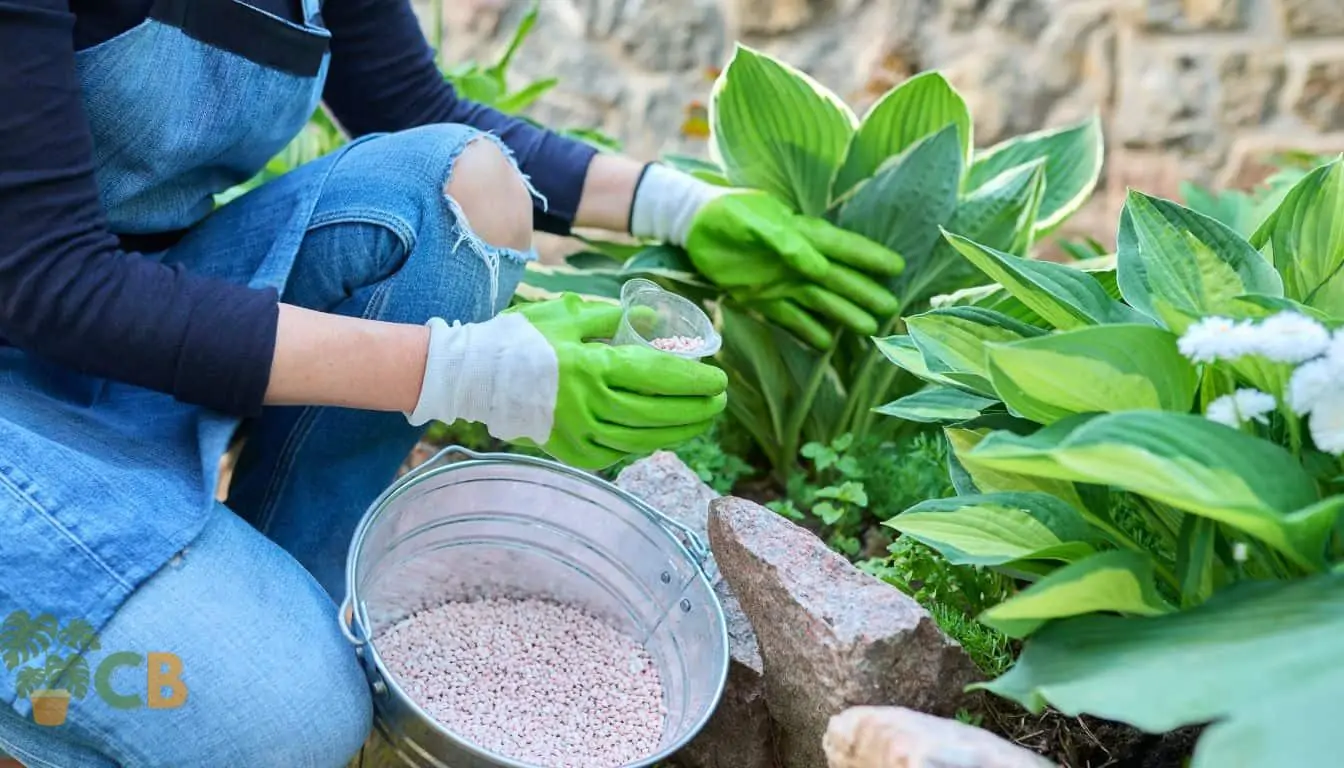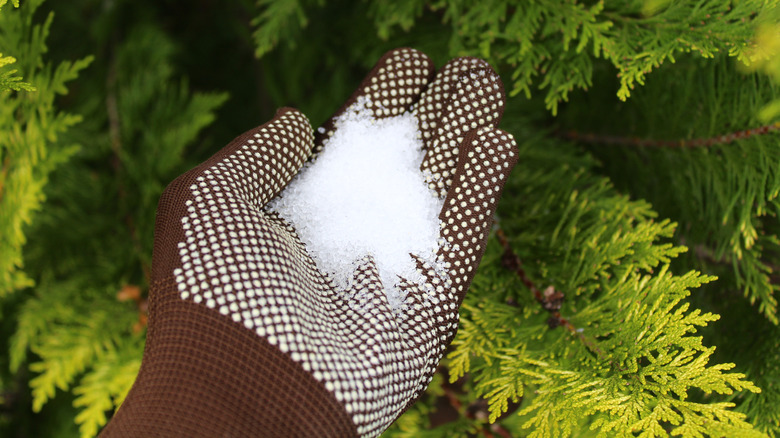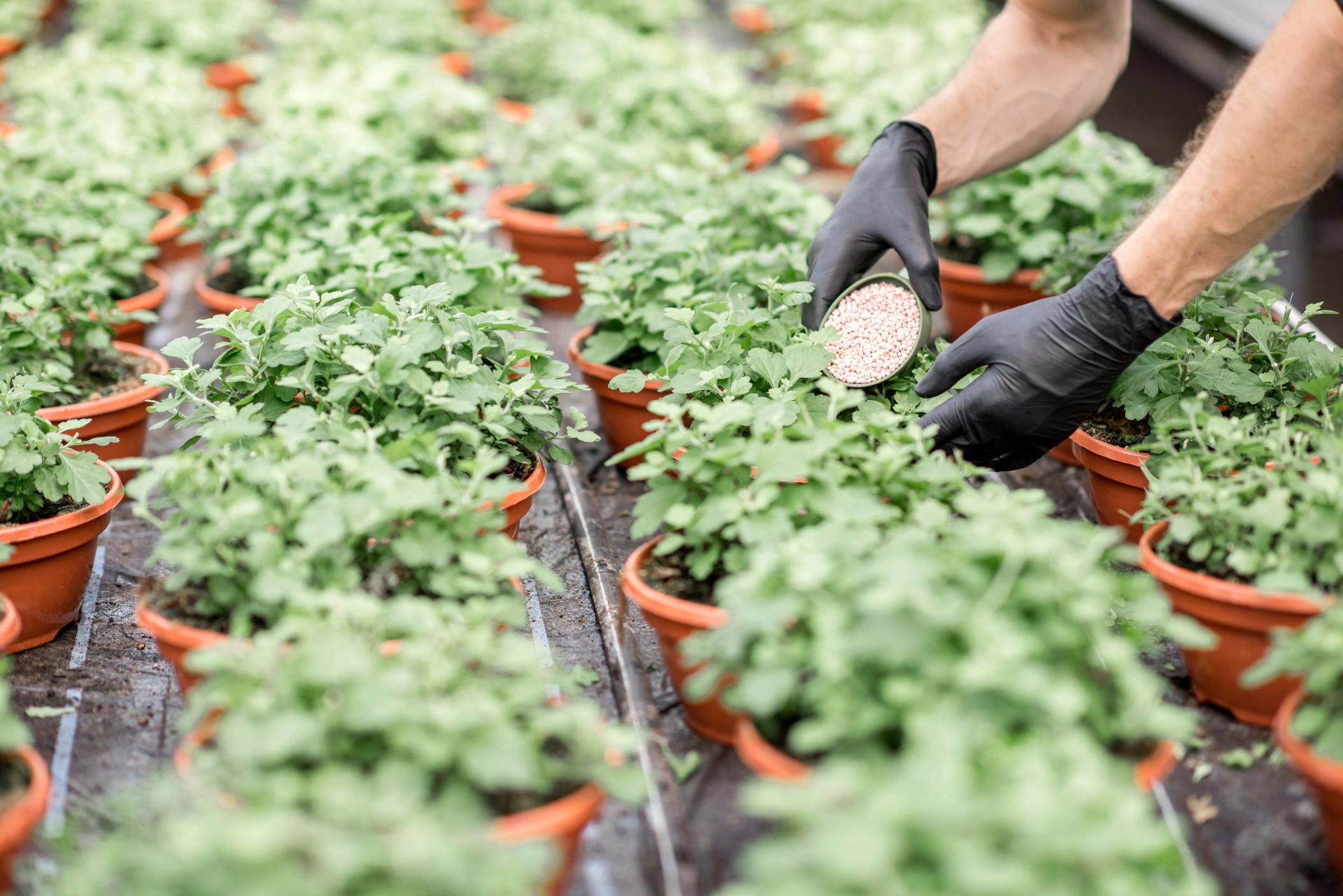Discover the Certain Plants That Are Detrimentally Affected by Epsom Salt Application
Epsom salt, a prominent home treatment for various gardening woes, is commonly applauded for its helpful impacts on plant growth. Understanding the specific plants that can be negatively impacted by Epsom salt is essential for any garden enthusiast looking to enhance their plant treatment routine.
Roses

Roses, specifically conscious modifications in their setting, can be adversely affected by the application of Epsom salt. While Epsom salt is typically used as a plant food to advertise plant development and improve flowering, roses are just one of the plants that do not respond well to its application. The high magnesium web content in Epsom salt can disrupt the uptake of other crucial nutrients by the rose plants, causing deficiencies that show up as yellowing leaves or stunted development.

Tomatoes
While Epsom salt is frequently touted as a solution for numerous plant problems, consisting of bloom end rot in tomatoes, its application can lead to damaging outcomes if not used deliberately. Extreme Epsom salt, which is magnesium sulfate, can interrupt the delicate nutrient equilibrium required by tomatoes, potentially leading to shortages in other necessary nutrients like calcium. When thinking about the use of Epsom salt on tomatoes, it is critical to adhere to recommended application prices and dirt screening to prevent unplanned repercussions on the overall health and productivity of these cherished garden plants.
Peppers
Peppers, respected for their various colors and levels of spiciness, can show susceptibility to adverse effects from Epsom salt when not used with care and consideration for their details dietary requirements. what plants don't like epsom salt. Peppers, coming from the Solanaceae household, need a fragile equilibrium of nutrients to flourish. While Epsom salt is recognized to improve magnesium degrees in plants, extreme application can disrupt this stability, resulting in damaging effects on pepper plants
When peppers are subjected to high levels of magnesium from Epsom salt, it can hinder the plant's ability to take in various other vital nutrients like calcium and potassium. This inequality might manifest in signs such as fallen leave staining, stunted growth, and minimized fruit manufacturing. In addition, the excessive magnesium can change the dirt pH, more worsening nutrient uptake concerns for peppers.

Rhododendrons
Provided the sensitivity of specific plant types to inequalities brought on by Epsom salt, it is important to think about the effect on Rhododendrons, which likewise need certain nutrient degrees to flourish. Rhododendrons are acid-loving plants that choose acidic soil conditions check my site with a pH range between 4.5 and 6.0. Epsom salt, chemically known as magnesium sulfate, can alter the dirt pH and interrupt the delicate balance of nutrients important for Rhododendron health and wellness.

To preserve the optimal development and health and wellness of Rhododendrons, it is crucial to stay clear of the unplanned usage of Epsom salt and instead concentrate on supplying the specific acidic soil problems and nutrients that these plants need for growing.
Azaleas
These popular flowering plants are often discovered in parks, landscapes, and gardens due to their elegance and flexibility. While Epsom salt is frequently used as a treatment for magnesium shortage in plants, its application to azaleas can have damaging results.
When Epsom salt is applied to azaleas, it can change the dirt pH, making it extra acidic. Azaleas like slightly acidic soil conditions, and an extra of magnesium from Epsom salt can interrupt this equilibrium, leading to nutrient discrepancies and prospective poisoning problems. The incorrect application of Epsom salt can lead to stunted development, yellowing of fallen leaves, and total decrease in the wellness of azaleas. For that reason, it is important to be mindful when considering making use of Epsom salt on azaleas to stop any unfavorable consequences on these delicate ornamental bushes.
Verdict
In conclusion, it is very important to be familiar with the specific plants that can be detrimentally influenced by the check application of Epsom salt. Roses, tomatoes, azaleas, rhododendrons, and peppers are some examples of plants that may not gain from Epsom salt and could even experience injury. It is important to research and comprehend the demands of each plant species before using Epsom salt as a plant food to guarantee their health and wellness and health.
Understanding the particular plants that can be negatively influenced by Epsom salt is essential for any type of gardener looking to maximize their plant treatment routine. While Epsom salt is typically utilized as a fertilizer to promote plant growth and improve flowering, roses are one of the plants that do not respond well to its application.Excessive use of Epsom salt can likewise result in a build-up of salts in the soil, leading to root damage and dehydration of the rose plants. While Epsom salt is recognized to enhance magnesium degrees in plants, too much application can interrupt this stability, leading to damaging results on pepper plants.
The high see this site salt content in Epsom salt can likewise dry out Rhododendron roots, triggering additional anxiety and damages to the plant. (what plants don't like epsom salt)